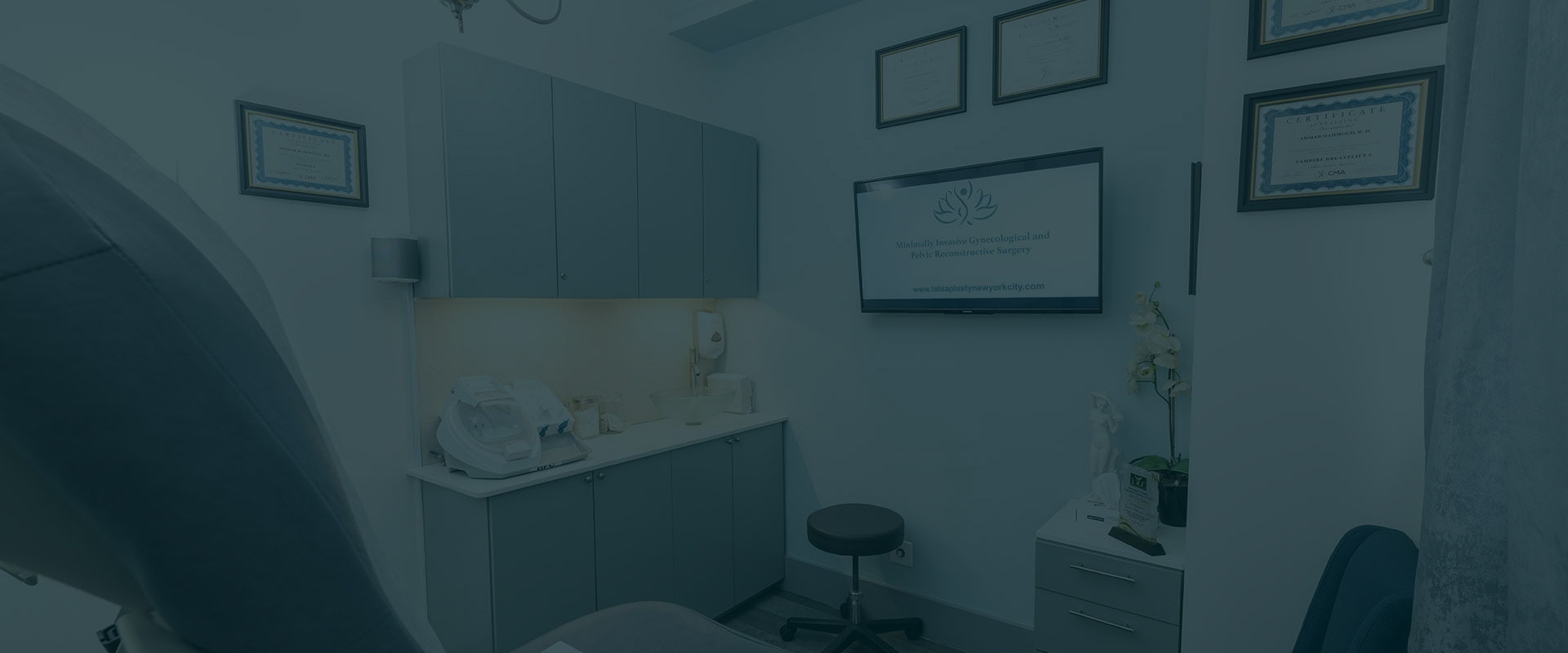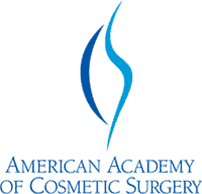

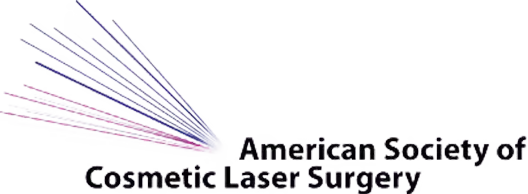
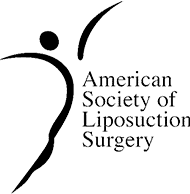








Globally Renowned Non-Surgical Labiaplasty Specialist Dr. Ammar Mahmoud
TOP-RATED VAGINAL RECONSTRUCTION SPECIALIST IN NEW YORK CITY
Dr. Ammar Mahmoud is a distinguished specialist certified in the field of cosmetic gynecology. With a track record of thousands of successful non-surgical labiaplasties, he is a leading authority in minimally invasive and laser-assisted labial enhancement techniques.
Renowned for his individualized approach to patient care, Dr. Mahmoud is a leading specialist for those looking to enhance their sexual well-being. He is also a respected speaker and acclaimed lecturer, frequently presenting at major conferences on cosmetic gynecology both in the country and internationally.
Through his specialized non-surgical labiaplasty procedures, Dr. Mahmoud has empowered countless individuals to regain their sexual vitality and self-assurance.
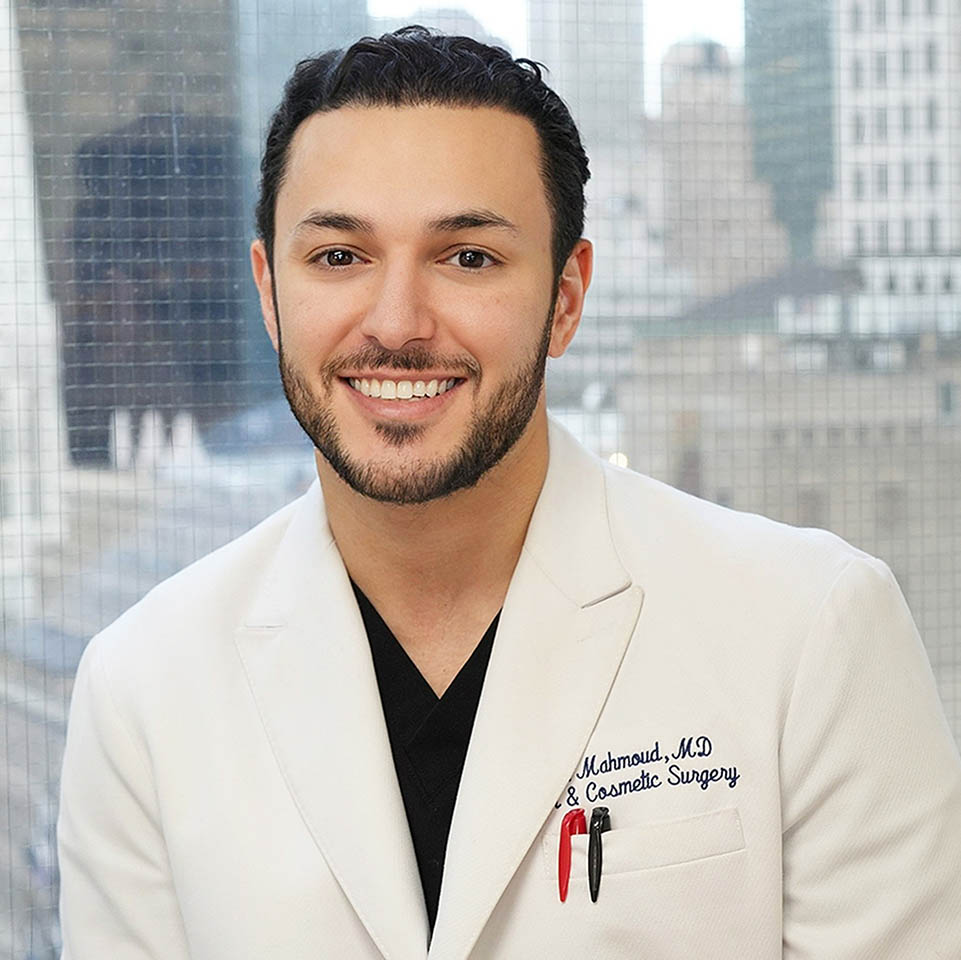
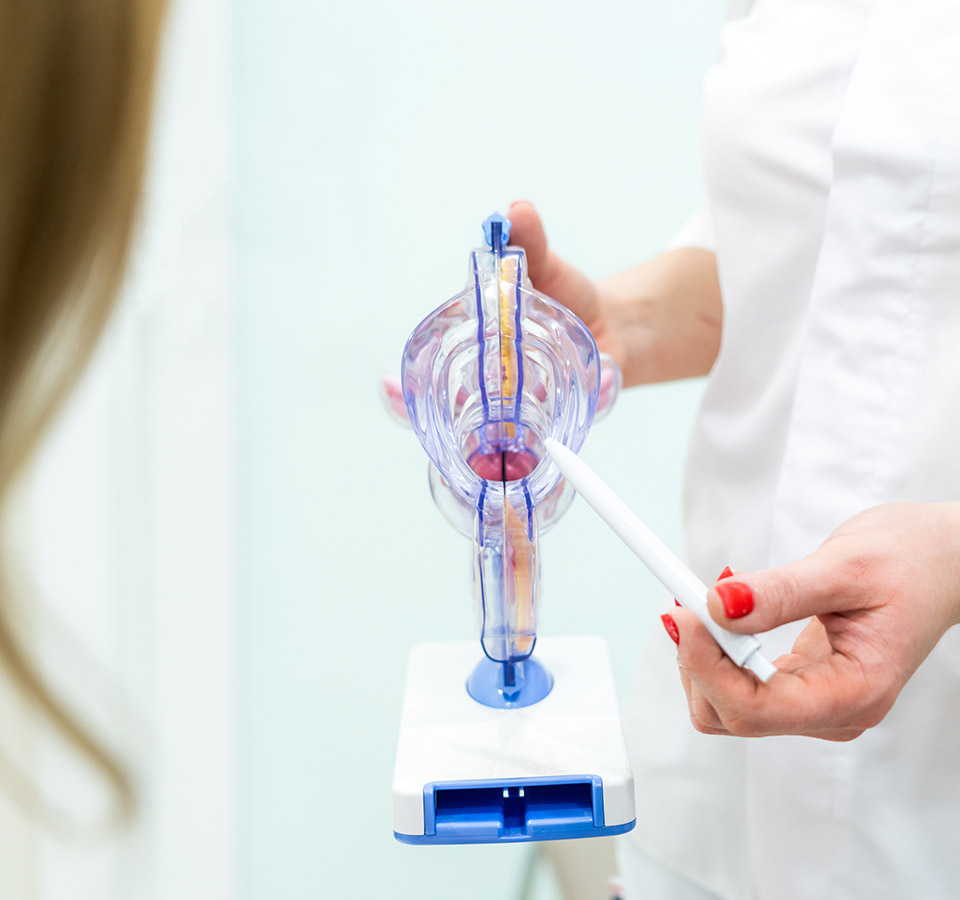
What is Non-Surgical Labiaplasty?
Non-surgical labiaplasty is one of the effective, minimally invasive vaginal rejuvenation procedures that aim to improve the appearance and functionality of the labia without surgical intervention. The treatment can be sought for various reasons, such as aesthetic concerns, discomfort, or functional issues.
Non-surgical labiaplasty not only enhances the aesthetic appearance of the labia but also helps improve its structural and functional aspects. It involves labia augmentation or labia majora reduction without surgery. The entire procedure encompasses various treatments like radiofrequency, laser technology, and other non-invasive techniques.
Benefits of Non-Surgical Labiaplasty
- Minimally Invasive & Painless
- Customizable Treatments with Immediate Results
- Quick & Safe Procedure
- Improved Labial Aesthetics
- Enhanced Self-Esteem
- Restored Structure & Functionality
- Improved Sexual Function
- Lower Risk of Complications
- Pain Alleviation
- Reduced Irritation from Chafing
- Minimal to No Downtime

What Is the Difference Between Surgical & Non-Surgical Labiaplasty?
Several factors can differentiate between surgical and non-surgical labiaplasty. These include;
- Setting: Non-surgical labiaplasty is usually performed in an outpatient setting such as an office or a clinic, while a surgical labiaplasty usually involves in-patient admission and care, and the procedure is performed in a theatre.
- Type of Anesthesia: Non-surgical labiaplasty usually does not require the use of anesthesia. However, a local anesthesia or a topical numbing cream may be used if required. On the other hand, surgical labiaplasty usually involves the use of anesthesia, which may be in the form of general anesthesia or regional anesthesia.
- Procedure: Non-surgical labiaplasty involves the use of non-invasive techniques such as laser and RF (radiofrequency) therapy to alter the shape and rejuvenate the labia, while surgical labiaplasty involves the use of invasive surgical techniques e.g. a trim, wedge or Z-plasty labiaplasty technique to physically alter and reshape the labia. It involves incisions, blunt and sharp dissection and the use of sutures.
- Results: The results following a non-surgical labiaplasty are usually temporary and may require periodic maintenance to sustain the desired outcome. On the other hand, the results following a surgical labiaplasty are more permanent and long-lasting.
- Recovery Time: Because of the nature of the procedures, non-surgical labiaplasty usually has a shorter recovery time compared to surgical labiaplasty.
- Complications: Surgical labiaplasty has a higher risk of complications such as pain, swelling, infections and scarring compared to non-surgical labiaplasty.

Made me feel super comfortable. Very straight to the point. Highly recommend. 💯
The best!!!! Affordable prices, lovely staff members. They offer a variable of different services. Dr. Mahmoud is amazing. I did various procedures and i'm very happy with the results
I’m in love with my results! 😍 Dr. Ammar is such a kind person. Definitely the best when it comes to aesthetic!
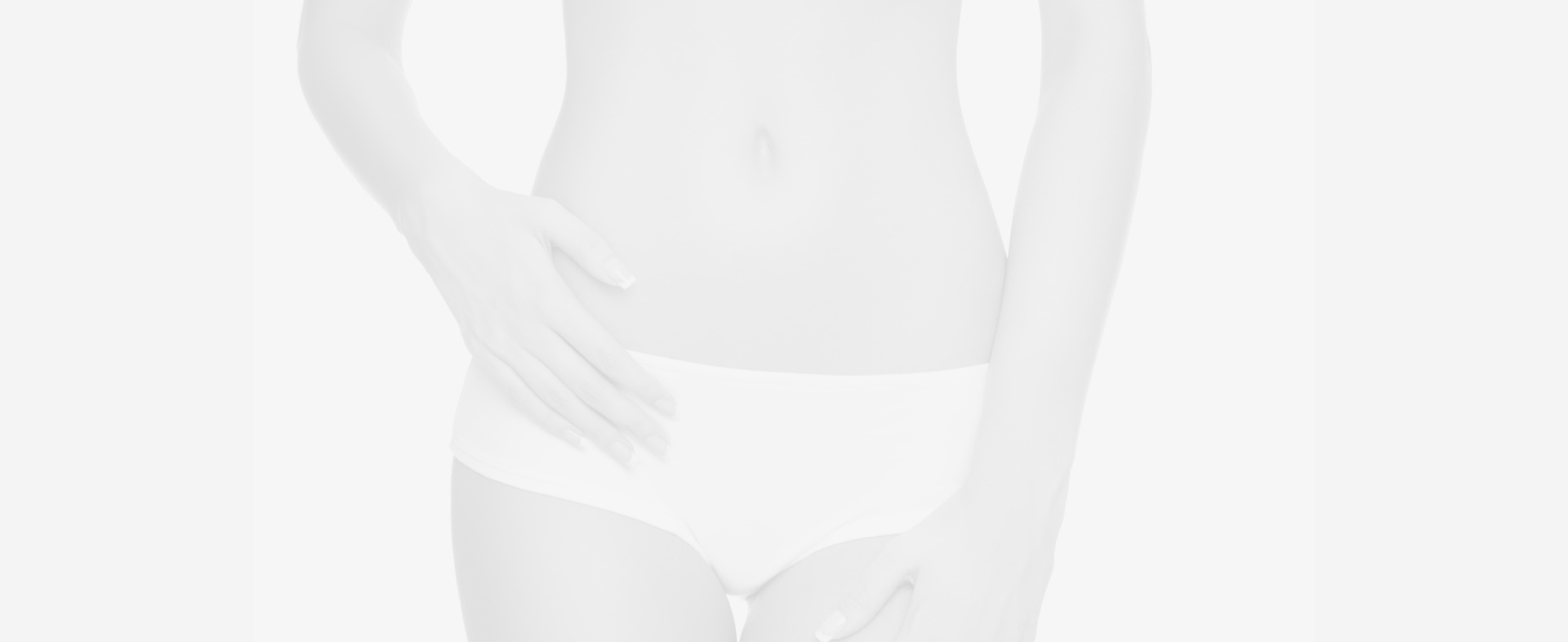
We Offer Multiple Financing Options
To Help You Achieve Your Cosmetic Intimate Health & Aesthetic Goals Affordably



How Does Non-Surgical Labiaplasty Work?
Non-surgical labiaplasty is a specialized procedure aimed at enhancing the labial area without the need for surgical intervention. This procedure is often sought for aesthetic or functional reasons and is performed by a highly experienced specialist with great expertise.
The specific techniques and approaches used in the treatment depend on the underlying issue being addressed as well as the patient’s labial enhancement goals.
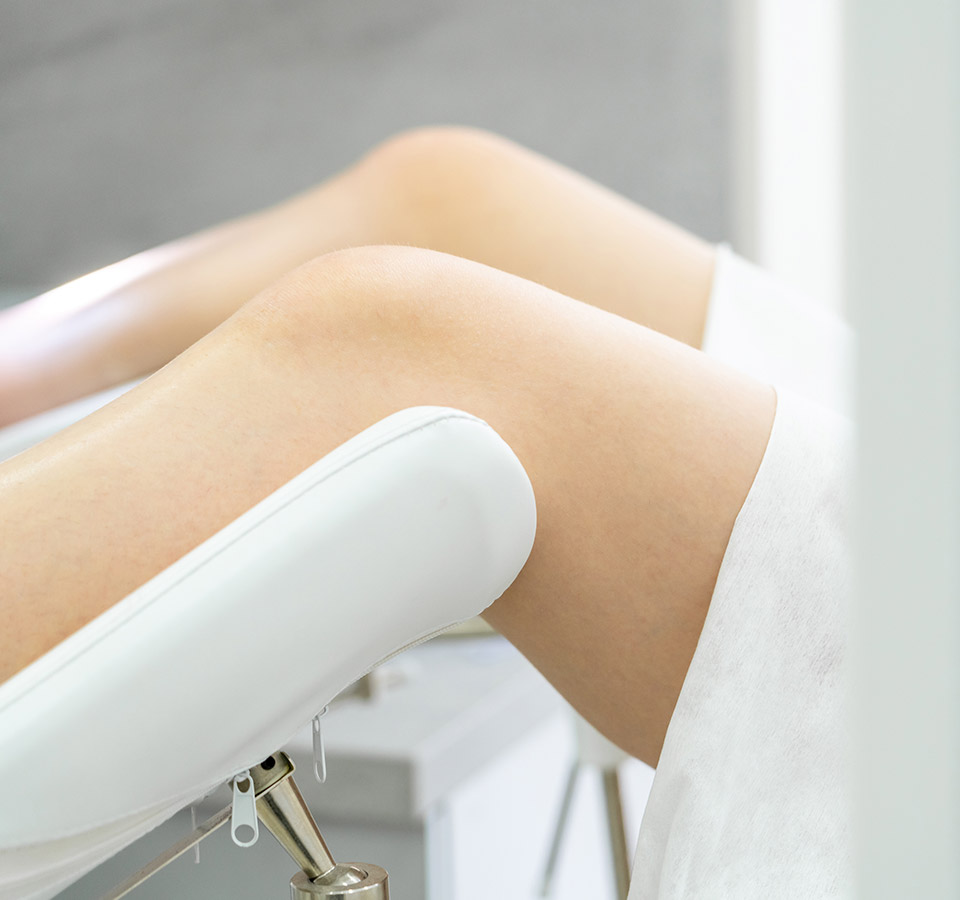
Non Surgical Labiaplasty Treatments Options
Non-surgical labiaplasty offers a minimally invasive approach to labial enhancement. These treatments provide immediate results with minimal downtime, making them an ideal choice for those seeking aesthetic and functional improvements without surgical intervention.
The following are popular treatment options for non-surgical labiaplasty;
- Radiofrequency treatment: this non- surgical and non-invasive procedure uses radiofrequency energy to heat the labial tissues thereby increasing blood flow and stimulating collagen production thereby improving laxity. Brand names of radiofrequency treatment used include; ThermiVa, Viveve, Emsella.
- Laser treatment: this employs the use of non surgical laser technology to heat up and rejuvenate the labial tissues. It does so by stimulating collagen production thereby making the skin firmer and tighter. Brand names of Laser devices used include FemLift, MonaLisa Touch, FemTouch.
- Dermal fillers: Dermal fillers are another effective non-surgical labiaplasty option that involves injecting hyaluronic acid fillers or other biocompatible substances into the labial tissue. This minimally invasive treatment provides immediate volume and contouring, enhancing both aesthetics and comfort.
- Topical hormone therapy: hormonal topical creams e.g estrogen-containing cream can, in some women, help improve the appearance of the labia. These creams are commonly prescribed to post menopausal women and can be used after childbirth.
- Hybrid approach: this involves the combination of 2 or more non-surgical procedures. A common example is the combination of laser therapy followed by conditioned injections to improve the appearance of the labia.

ThermiVa®
ThermiVa is a cutting-edge non-surgical labiaplasty treatment that employs controlled radiofrequency (RF) energy to stimulate collagen production in the labial and vaginal tissues. This innovative technique offers immediate tightening and rejuvenation effects with minimal downtime.
Ideal for those seeking labia majora reduction without surgery, ThermiVa provides a safe and effective way to achieve labial enhancement without the risks associated with surgical procedures.
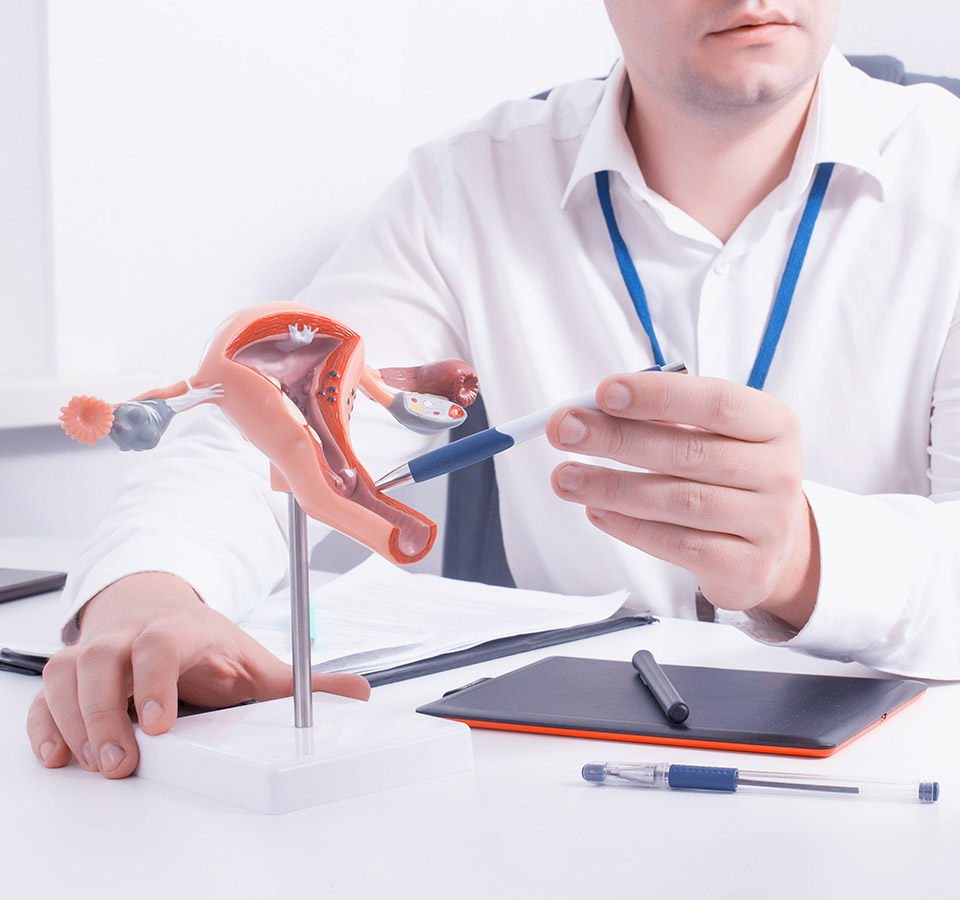
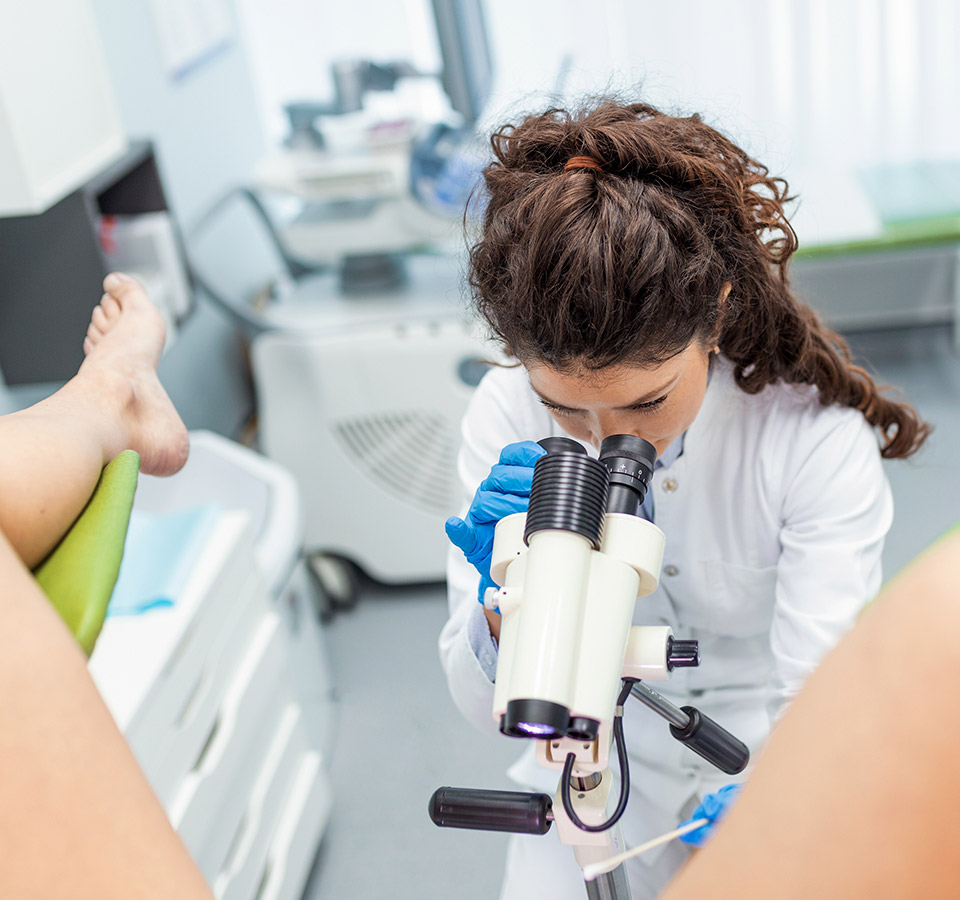
Vaginal Fillers
Vaginal fillers are another effective non-surgical labiaplasty option that involves injecting hyaluronic acid fillers or other biocompatible substances into the labial tissue. This minimally invasive treatment provides immediate volume and contouring, enhancing both aesthetics and comfort.
For patients seeking quick and reversible results, vaginal fillers offer a low-risk alternative to surgical labiaplasty, with minimal downtime required.
What To Expect During A Non-Surgical Labiaplasty Procedure
Non-surgical labiaplasty can be performed using various methods, such as laser therapy, radiofrequency (RF) treatment, conditioned injections, dermal fillers, or other non-invasive techniques. The specific procedure may vary depending on the chosen method and the following are steps involved in a non-surgical labiaplasty procedure:
1. Consultation and Evaluation:
- Before a non-surgical labiaplasty procedure, a thorough consultation with the patient is done. During this visit, their goals, concerns, medical history, and expectations are discussed.
- A physical examination to assess the patient’s anatomy and determine the most appropriate treatment approach is also done.
2. Informed Consent:
- The procedure, its potential benefits, and any associated risks or complications should be explained to the patient.
- Thereafter, informed consent is obtained from the patient before proceeding.
3. Pre-Procedure Preparation:
- Non-surgical labiaplasty is usually performed in an outpatient setting. The patient should be comfortable and relaxed. They may be offered a numbing cream or local anesthetic to minimize discomfort, depending on the method and the patient’s preferences.
4. Laser or Radiofrequency Treatment:
- For laser or Radiofrequency labiaplasty, the appropriate device is used to deliver energy to the labial tissue. During the procedure, care should be taken in applying the laser or Radiofrequency energy probe to the targeted areas, such as the labia minora or labia majora.
- The energy generated by the device will heat the tissue, causing collagen remodeling and tissue tightening.
5. Monitoring and Adjustments:
- Following the procedure it is crucial to continuously monitor the patient’s response to the treatment to ensure that it is progressing as expected.
- Any necessary adjustments during the procedure should be made to achieve the desired outcomes.
6. Post-procedure Care:
- Following the procedure, provide care instructions to the patient, which may include guidelines for hygiene and avoiding activities that could irritate the treated area.
- At the same time, Inform the patient about any potential side effects, such as temporary swelling or redness that may occur. Let them know that it should subside within a few days.
7. Follow-up Appointments:
- Schedule follow-up appointments to assess the patient’s progress and determine if additional treatments are needed.

Aftercare & Recovery Following a Non-Invasive Labiaplasty (Dos & Don’ts)
Individual instructions following a non-surgical labiaplasty may differ depending on the specific method used and the patient’s unique circumstances. However, the following are general do’s and don’ts that follow after a non-surgical labiaplasty;
Dos:
- Adhere to post-procedure instructions: following the procedure, it is important to pay close attention and adhere to the instructions provided by your healthcare provider. These instructions are usually tailored to your specific procedure and needs.
- Hygiene: following the procedure, it is important to keep the treated area clean and dry. The labial area can be gently cleaned with a mild, unscented soap and warm water. Vigorous scrubbing of the area should be avoided following the procedure.
- Clothing: it’s important to opt for loose fitting, comfortable clothing following the procedure to reduce friction and irritation over the treated area.
- Cold compress: if there is any swelling or discomfort following the procedure, you can apply cold compress to the area to help reduce the swelling and soothe the skin.
- Hydration: liberal fluid intake should be encouraged following the procedure as this improves circulation and helps in the healing process.
- Activities: engage in light physical activities and avoid strenuous exercise that may stress the treated area for the recommended duration provided by your healthcare provider (usually 2- 4 weeks).
- Medications: take any prescribed medications such as analgesics provided by your healthcare provider. This will help in dealing with pain and discomfort.
- Follow-up appointments: do not miss follow-up appointments with your healthcare provider as this serves as an opportunity for him/her to assess your progress and ensure that your recovery is proceeding as expected.
Don’ts
- Avoid penetrative activity: Avoid sexual intercourse, tampon use, or any other activities that could potentially irritate the treated area for the period recommended by your healthcare provider.
- Avoid touching, picking, or scratching the treated area to prevent infection or complications.
- Avoid swimming pools, hot tubs, or other communal water sources until you receive clearance from your healthcare provider.
- Avoid strenuous exercise or activities that can cause excessive sweating, chafing, or friction in the treated area for the recommended duration.
- Do not apply any creams, lotions, or ointments to the treated area unless specifically instructed to do so by your healthcare provider.
- Avoid wearing tight-fitting or restrictive clothing that could cause irritation to the labial area.
- Avoid using harsh soaps, perfumed products, or detergents on the treated area, as these can irritate the treated area.

Who Is An Ideal Candidate for Non-Invasive Labiaplasty?
Any woman who experiences discomfort, irritation, or self-consciousness due to the appearance or size of her labia but prefers a minimally invasive approach to correction is an ideal candidate for non-invasive labiaplasty.
The patient may have mild to moderate labial hypertrophy, asymmetry, or laxity that does not necessarily require surgical intervention. Women who are in good overall health, have realistic expectations and understand the temporary nature of non-invasive treatments are often the best candidates.
It is essential to consult with a qualified cosmetic gynecologist for a comprehensive evaluation to determine suitability for this procedure.
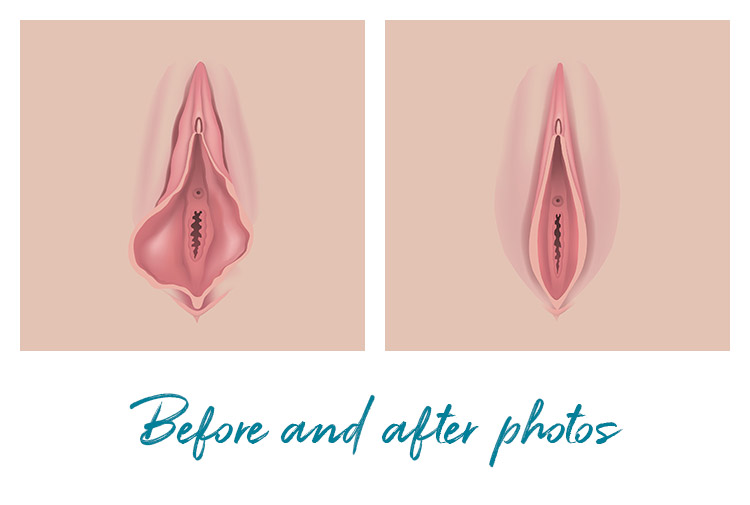

Non-Surgical Labiaplasty Before And After Photos
As the leading clinic for non-surgical labiaplasty in New York, we have assisted countless women in achieving their labial enhancement objectives. We take pride in having a highly satisfied and loyal patient base.
Browse our before and after non-surgical labiaplasty photos to witness the remarkable outcomes of our procedures.
FAQs
What Is Non-Surgical Labiaplasty?
Non-surgical labiaplasty is a minimally invasive procedure aimed at enhancing the appearance and functionality of the labia without the need for surgical intervention. Techniques may include radiofrequency, laser therapy, and hyaluronic acid fillers.
How Long Do the Results Last?
The longevity of results varies depending on the technique used and individual factors. Generally, the results can last from 6 months to 2 years, and follow-up treatments for maintenance may be required.
Is the Procedure Painful?
Most patients report minimal discomfort during non-surgical labiaplasty. Local anesthesia or numbing creams are often used to enhance comfort during the procedure.
What Is the Recovery Time?
One of the key benefits of non-surgical labiaplasty is the minimal downtime. Most patients can resume normal activities almost immediately, although some minor swelling or bruising may occur.
Are There Any Side Effects?
Side effects are generally minimal but can include temporary swelling, bruising, or discomfort. It is crucial to consult with a qualified cosmetic gynecologist to discuss any potential risks or complications.

Speak with a Labiaplasty Specialist Now
Contact us today to speak with one of our non-surgical labiaplasty specialists, who will offer you comprehensive insights into the procedure. We will address your questions and guide you through the entire process.


